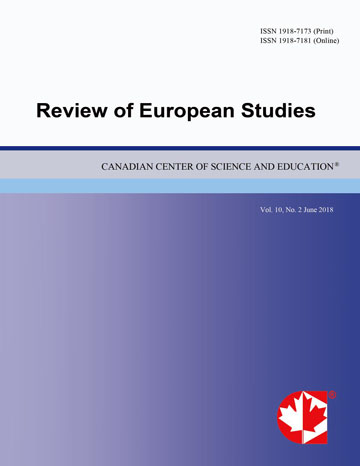Efficiency of Threats in Interpersonal Communication
- Gennady Vasilyevich Glukhov
- Irina Anatolyevna Martynova
Abstract
It is common knowledge that threats are typically motivated by a desire to strike fear in others. Fear appeals have received much attention in various disciplines over the last six decades and these studies have collectively garnered comprehensive results. Still, several inadequacies remain. One of neglected areas in the field of threatening communication is the lack of research on fear appeal themes in interpersonal communication. Few researchers have addressed the problem of analyzing the content of fear appeal. The paper broadens current knowledge of “threat content—threat response” correlation. To this end, firstly, threats are analyzed from a theoretical perspective to reveal their dimensions and function in communication. Then contents of threatening interactions are analyzed and statistically examined in terms of response efficacy. To this purpose, responses to threats are extracted and subsequently classified in order to find out whether addressees’ responses indicate any tendency about the outcome of an interaction. The implications drawn from this study allow us to consider how appeal to certain types of fear influences the efficiency of threatening messages.
- Full Text:
 PDF
PDF
- DOI:10.5539/res.v7n9p60
Index
- ACNP
- CNKI Scholar
- DTU Library
- Elektronische Zeitschriftenbibliothek (EZB)
- EuroPub Database
- Excellence in Research for Australia (ERA)
- Genamics JournalSeek
- Google Scholar
- Harvard Library
- HeinOnline
- Infotrieve
- JournalTOCs
- Mir@bel
- Open policy finder
- RePEc
- ResearchGate
- ROAD
- Scilit
- Technische Informationsbibliothek (TIB)
- The Keepers Registry
- Universe Digital Library
- WorldCat
Contact
- Paige DouEditorial Assistant
- res@ccsenet.org
